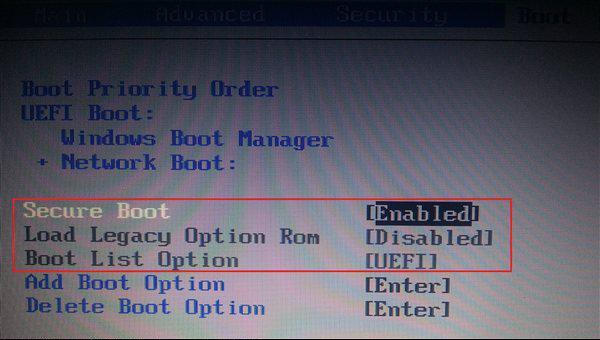f系列
F1 帮助
F2 改名
F3 搜索
F4 地址
F5 刷新
F6 切换
F10 菜单
gpedit.msc—–组策略
sndrec32——-录音机
Nslookup——-IP地址侦测器
explorer——-打开资源管理器
logoff———注销命令
tsshutdn——-60秒倒计时关机命令
lusrmgr.msc—-本机用户和组
services.msc—本地服务设置
oobe/msoobe /a—-检查XP是否激活
notepad——–打开记事本
cleanmgr——-垃圾整理
net start messenger—-开始信使服务
对于戴尔预装了 Microsoft Windows 8 的笔记本电脑,BIOS 中的 Boot (启动)选项,在默认情况下的设置为
| 选项 | 值 |
|---|---|
| Secure Boot | [Enabled] |
| Load Legacy Option Rom | [Disabled] |
| Boot List Option | [UEFI] |
| 如下图所示: | |
 |
Linux Virtual Server (LVS) is load balancing software for Linux kernel–based operating systems.
LVS is a free and open-source project started by Wensong Zhang in May 1998, subject to the requirements of the GNU General Public License (GPL), version 2. The mission of the project is to build a high-performance and highly available server for Linux using clustering technology, which provides good scalability, reliability and serviceability.
The major work of the LVS project is now to develop advanced IP load balancing software (IPVS), application-level load balancing software (KTCPVS), and cluster management components.
IPVS (IP Virtual Server) implements transport-layer load balancing, usually called Layer 4 LAN switching, as part of the Linux kernel. It’s configured via the user-space utility ipvsadm(8) tool.
IPVS is incorporated into the Linux Virtual Server (LVS), where it runs on a host and acts as a load balancer in front of a cluster of real servers. IPVS can direct requests for TCP- and UDP-based services to the real servers, and make services of the real servers appear as virtual services on a single IP address. IPVS is built on top of the Netfilter.
简而言之,lvs是一个四层负载均衡软件(项目),ipvs是lvs的一部分。ipvs内置在linux内核空间中,在用户空间使用ipvsadm对ipvs进行管理。
参考文档: